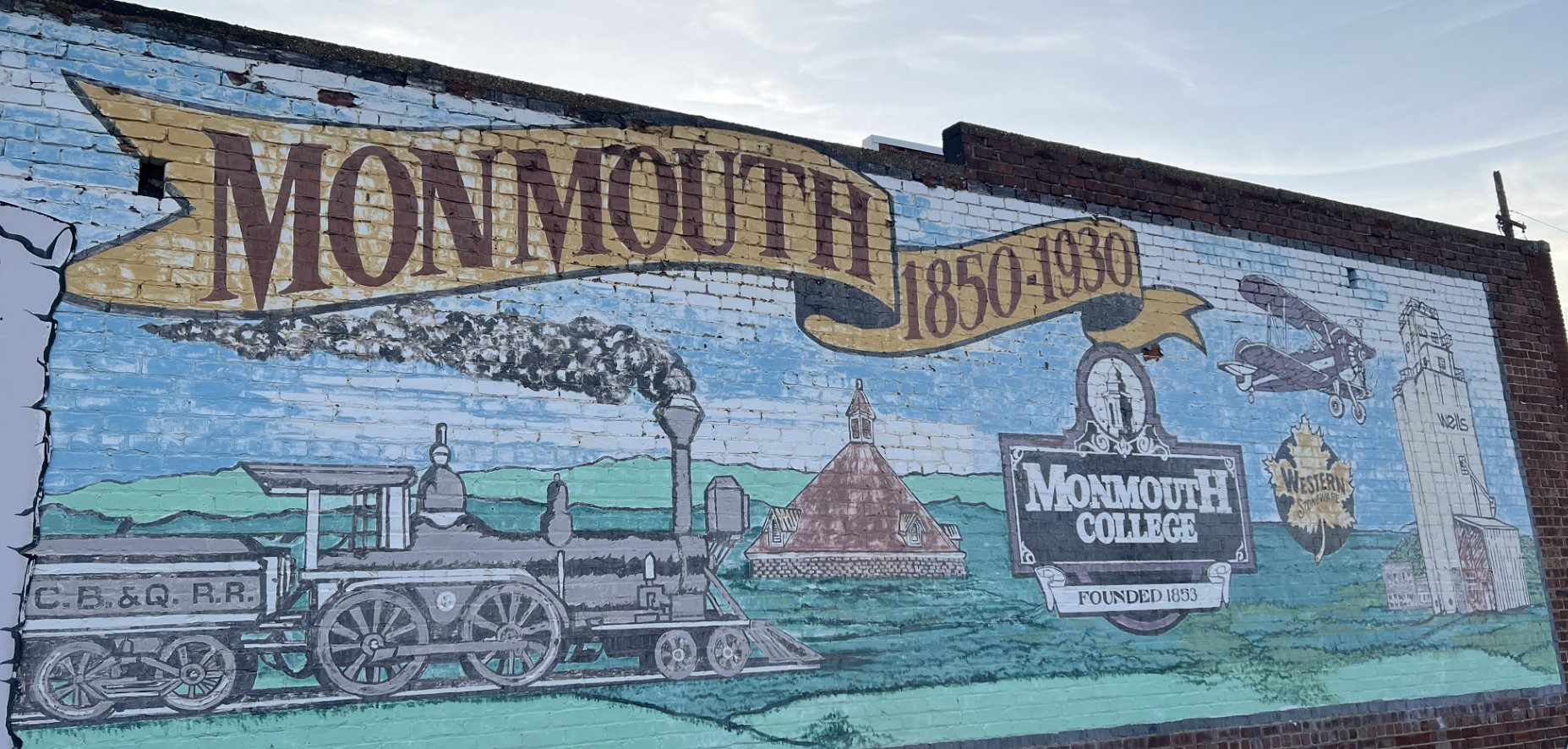From the beginning of the new coronavirus pandemic, Illinois’ response has been guided by data, science, and public health experts. As community spread rapidly increased, Governor Pritzker moved quickly to issue a Disaster Proclamation on March 9, restrict visitors to nursing homes on March 11, close bars and restaurants for on-site consumption on March 16, move schools to remote learning on March 17, and issue a Stay at Home order on March 21. This virus has caused painful, cascading consequences for everyone in Illinois, but the science has been clear: in the face of a new coronavirus with unknown characteristics and in the absence of widespread testing availability and contact tracing, mitigation and maintaining a 6-foot social distance have been the only options to reduce the spread and save as many lives as possible.
Millions of Illinoisans working together by staying at home and following experts’ recommendations have proven these mitigation and social distancing measures effective so far. The result has been a lower infection rate, fewer hospitalizations, and lower number of fatalities than projected without these measures. Our curve has begun to flatten. Nevertheless, the risk of spread remains, and modeling and data point to a rapid surge in new cases if all mitigation measures were to be immediately lifted.
Now that Illinois is bending the curve, it is vitally important that we follow a safe and deliberate path forward to get our Illinois economy moving. That path forward is not what everyone wants or hopes for, but it will keep Illinoisans as safe as possible from this virus as our economy is reopening.
Restore Illinois is about saving lives and livelihoods. This five-phased plan will reopen our state, guided by health metrics and with distinct business, education, and recreation activities characterizing each phase. This is an initial framework that will likely be updated as research and science develop and as the potential for treatments or vaccines is realized. The plan is based upon regional healthcare availability, and it recognizes the distinct impact COVID-19 has had on different regions of our state as well as regional variations in hospital capacity. The Illinois Department of Public Health (IDPH) has 11 Emergency Medical Services Regions that have traditionally guided its statewide public health work and will continue to inform this reopening plan. For the purposes of this plan, from those 11, four health regions are established, each with the ability to independently move through a phased approach: Northeast Illinois; North-Central Illinois; Central Illinois; and Southern Illinois.Phase 1 Rapid Spread
Strict stay at home and social distancing guidelines are put in place, and only essential businesses remain open.
Every region has experienced this phase once already and could return to it if mitigation efforts are unsuccessful.Phase 2 Flattening
Non-essential retail stores reopen for curb-side pickup and delivery.
Illinoisans are directed to wear a face covering when outside the home and can begin enjoying additional outdoor activities like golf, boating & fishing while practicing social distancing.Phase 3 Recovery
Manufacturing, offices, retail, barbershops, and salons can reopen to the public with capacity and other limits and safety precautions.
Gatherings of 10 people or fewer are allowed.
Face coverings and social distancing are the norm.Phase 4 Revitalization
Gatherings of 50 people or fewer are allowed, restaurants and bars reopen, travel resumes, child care and schools reopen under guidance from the Illinois Department of Public Health.
Face coverings and social distancing are the norm.Phase 5 Illinois Restored
The economy fully reopens with safety precautions continuing.
Conventions, festivals and large events are permitted, and all businesses, schools and places of recreation can open with new safety guidance and procedures.
The five phases for each health region are as follows:
Phase 1 – Rapid Spread: The rate of infection among those tested and the number of patients admitted to the hospital is high or rapidly increasing. Strict stay at home and social distancing guidelines are put in place and only essential businesses remain open. Every region has experienced this phase once already, and could return to it if mitigation efforts are unsuccessful.
Phase 2 – Flattening: The rate of infection among those tested and the number of patients admitted to the hospital beds and ICU beds increases at an ever slower rate, moving toward a flat and even a downward trajectory. Nonessential retail stores reopen for curb-side pickup and delivery. Illinoisans are directed to wear a face covering when outside the home and can begin enjoying additional outdoor activities like golf, boating and fishing while practicing social distancing. To varying degrees, every region is experiencing flattening as of early May.
Phase 3 – Recovery: The rate of infection among those surveillance tested, the number of patients admitted to the hospital, and the number of patients needing ICU beds is stable or declining. Manufacturing, offices, retail, barbershops and salons can reopen to the public with capacity and other limits and safety precautions. Gatherings limited to 10 people or fewer are allowed. Face coverings and social distancing are the norm.
Phase 4 – Revitalization: The rate of infection among those surveillance tested and the number of patients admitted to the hospital continues to decline. Gatherings of 50 people or fewer are allowed, restaurants and bars reopen, travel resumes, child care and schools reopen under guidance from the Illinois Department of Public Health. Face coverings and social distancing are the norm.
Phase 5 – Illinois Restored: With a vaccine or highly effective treatment widely available or the elimination of any new cases over a sustained period, the economy fully reopens with safety precautions continuing. Conventions, festivals and large events are permitted, and all businesses, schools and places of recreation can open with new safety guidance and procedures in place reflecting the lessons learned during the COVID-19 pandemic.
Until COVID-19 is defeated, this plan also recognizes that just as health metrics will tell us it is safe to move forward, health metrics may also tell us to return to a prior phase. With a vaccine or highly effective treatment not yet available, IDPH will be closely monitoring key metrics to immediately identify trends in cases and hospitalizations to determine whether a return to a prior phase may become necessary.All public health criteria included in this document are subject to change.
As research and data on this novel coronavirus continue to develop, this plan
can and will be updated to reflect the latest science and data.














